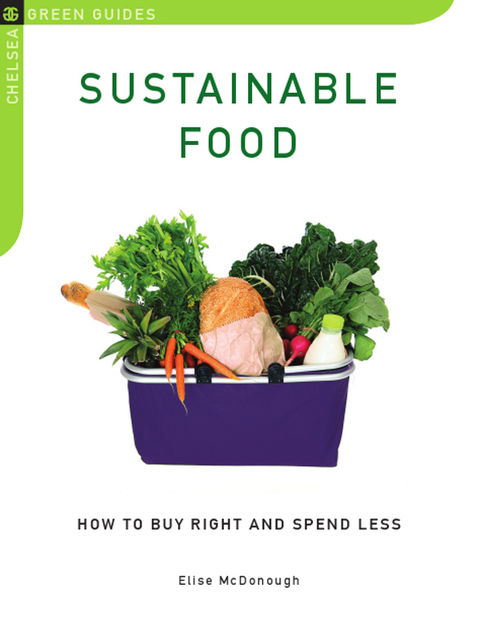
en
Čitajte pomoću naših aplikacija:
iOS
·Android
Sustainable Food
Ova knjiga je trenutno nedostupna
118 tiskanih stranica
- Objavljeno prvi puta
- 2009
- Godina izdanja
- 2009
Citati
- Olya Shuralevaje citiralaprije 6 godinaanything labeled “100% Organic” must contain less than 5 percent nonorganic material, while the “organic” label mandates at least 90 percent organic ingredients, and “Made with Organic Ingredients” requires 70 percent organic ingredients
- Olya Shuralevaje citiralaprije 6 godinaOrganic foods, including fruits, vegetables, grains, meat, milk, and cheeses, have been produced without the use of chemical pesticides or synthetic fertilizers. Removing these largely petroleum-based inputs from the food chain fights global warming, reverses soil degradation, and produces healthier, more sustainable foods.
- Oleksandr Suprunetsje citiraoprije 8 godinaAccording to the USDA, anything labeled “100% Organic” must contain less than 5 percent nonorganic material, while the “organic” label mandates at least 90 percent organic ingredients, and “Made with Organic Ingredients” requires 70 percent organic ingredients.
fb2epub
Povucite i ispustite datoteke
(ne više od 5 odjednom)

